Local SEO is a game-changer for small businesses. Imagine a strategy that helps you attract nearby customers, boost sales, and dominate your local market. In this guide, we’ll unravel the secrets of Local SEO and show you how to implement actionable steps for your small business website. From optimizing your Google My Business profile to nailing location-specific keywords, we’ve got you covered. Let’s dive in and set the stage for your local online success.
Table of Contents:
I. Understanding Local SEO
II. Mastering Local Keyword Research
III. Google My Business: Your Local SEO Hub
IV. On-Page Optimization for Local Dominance
V. Navigating Local Citations and Directories
VI. Reviews and Reputation
VII. User-Friendly and Mobile-Ready
VIII. Crafting Location-Specific Content
IX. Measuring Local Success
X. Conclusion
I. Understanding Local SEO
Local SEO plays a pivotal role in connecting your business with the right audience within your immediate geographical area. Understanding its dynamics is like uncovering a treasure map to boost your local visibility and customer engagement. Let’s first define SEO and how it works.
Defining Local SEO and its Significance
Local SEO, short for Local Search Engine Optimization, is the practice of optimizing your online presence to attract local customers searching for your products or services. It’s all about ensuring that your business appears in search results when people nearby are looking for solutions you offer.
- Local vs. Global Reach: While traditional SEO aims for a broader audience, Local SEO hones in on your local community.
- The Power of Nearby Search: When customers search for “coffee shops near me” or “plumbers in [your city],” Local SEO ensures you’re in the spotlight.
Differentiating Local SEO from Traditional SEO
Local SEO takes a localized approach, tailoring your online strategy to your immediate vicinity.
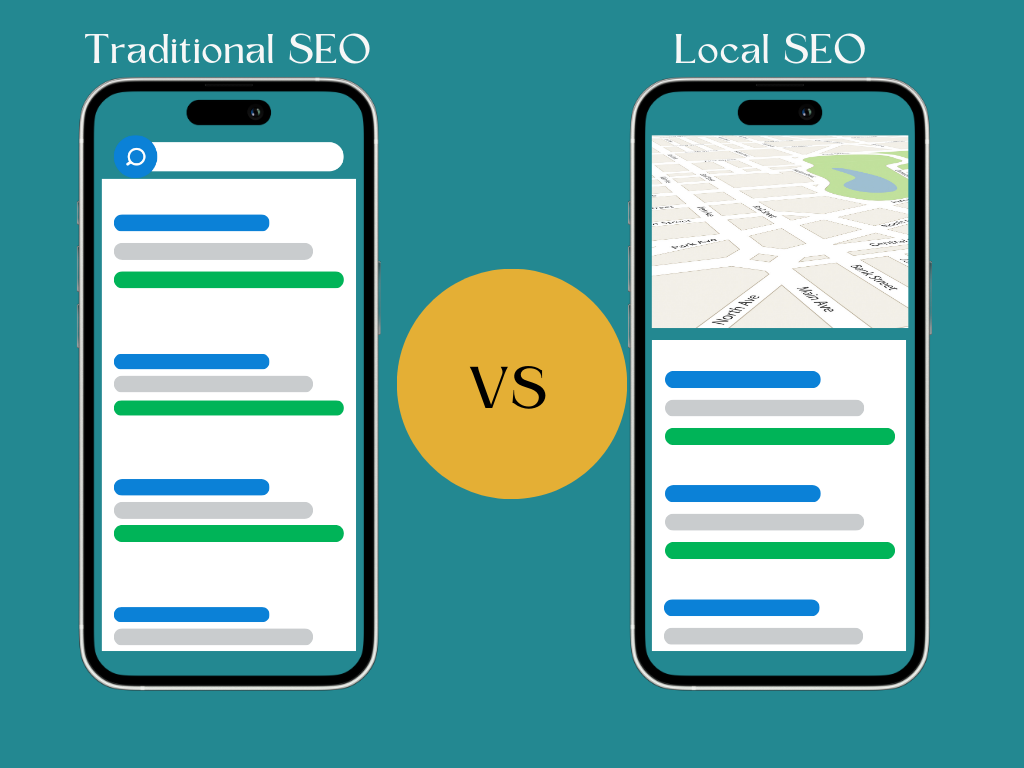
- Geography Matters: Unlike global SEO, where you aim to attract a wider audience, Local SEO targets customers in your neighborhood.
- Proximity Matters: Local SEO prioritizes proximity, making your business visible to those most likely to engage with you.

Ensuring NAP Consistency for Local Success
NAP—Name, Address, Phone Number—is the cornerstone of Local SEO.
- Name, Address, Phone Number: Consistency in these details across all platforms is crucial for local search success.
- Citations and Consistency: Local citations (mentions of your NAP on other websites) validate your business’s legitimacy.
Mastering the fundamentals of Local SEO empowers you to take control of your local online presence. With a solid grasp of what it entails, you’re ready to dive into actionable strategies designed to propel your small business to the forefront of local search results.
II. Mastering Local Keyword Research
When it comes to Local SEO, keywords are your compass guiding customers to your virtual doorstep. Mastering local keyword research involves understanding the words and phrases your potential customers use when seeking products or services in your area.
Identifying Keywords That Connect Locally
Connecting with your local audience begins with identifying keywords that resonate with them.
- Local Intent Keywords: Think like a customer. What would they type to find you? (e.g., “organic groceries in [your town]”)
- Geo-Modifiers: Enhance your keywords with location-specific terms (e.g., “best coffee shop in [your city]”).
Unearthing Niche-specific Long-Tail Keywords
Long-tail keywords are the secret sauce for niche domination.
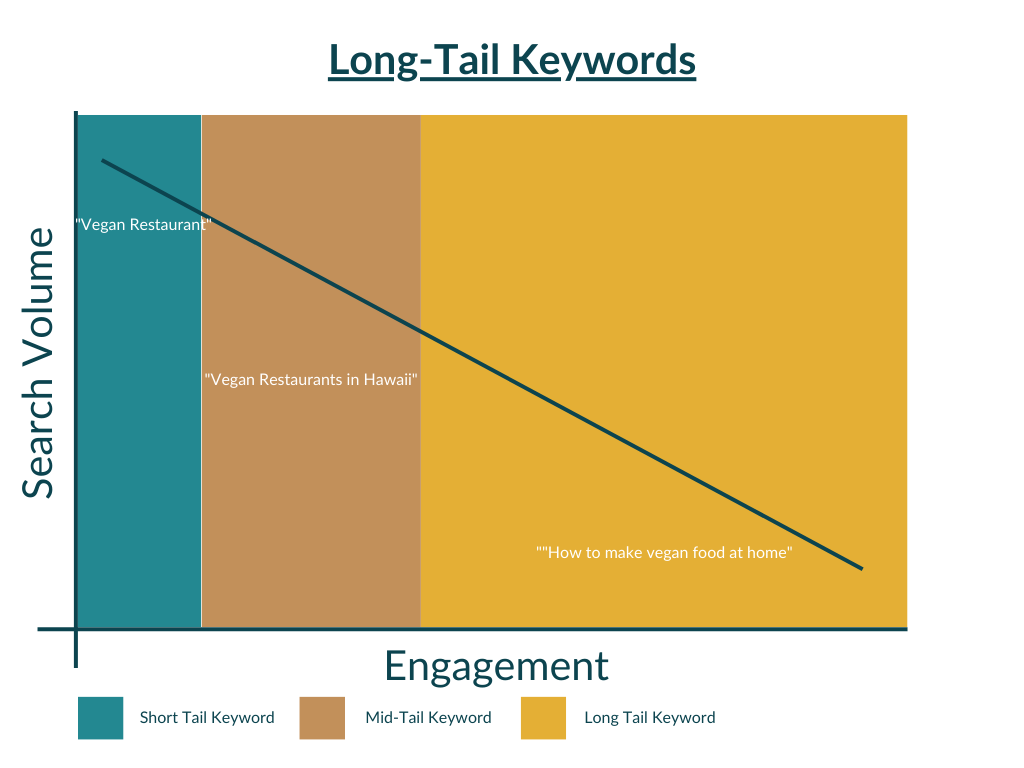
- Long-Tail Definition: Longer, more specific phrases that cater to a niche audience (e.g., “gluten-free bakeries near me”).
- Catering to Specific Needs: Address unique customer needs with precise long-tail keywords.
The Art of Using Location-Targeted Keywords
Leverage the power of location in your keywords.
- Local Geography: Incorporate neighborhood names, landmarks, and nearby attractions.
- Hyper-Local Focus: Zoom in on micro-areas within your city to capture hyper-local customers.
Tapping into Tools for Effective Local Keyword Research
Harness technology to uncover the most potent keywords for your business.
- Google Keyword Planner: Discover local keyword ideas and search volume.
- Competitor Analysis: Explore keywords your local competitors are targeting.
- Answer The Public: Discover exactly what people are searching around your industry/niche
By mastering the art of local keyword research, you’re ready to infuse your website with the language that resonates with your target audience, ensuring they find you effortlessly in their searches.
III. Google My Business: Your Local SEO Hub
In the realm of Local SEO, Google My Business (GMB) emerges as a powerful ally. This free tool serves as your digital ambassador, ensuring that your business is prominently displayed in local search results. Buckle up as we explore the art of harnessing GMB to elevate your local SEO for small businesses game and reach customers right when they need you.
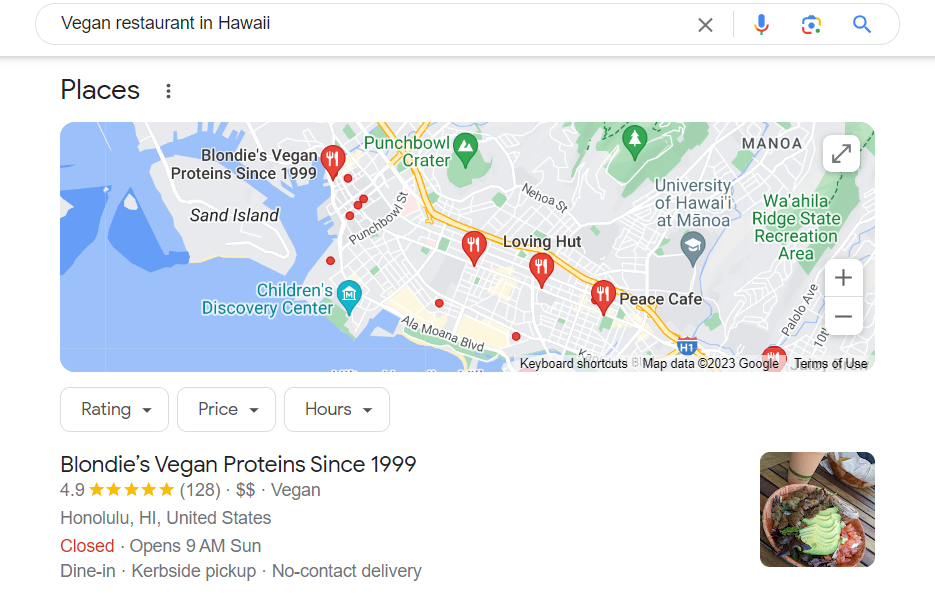
Setting Up Your Google My Business (GMB) Account
Embark on your GMB journey with a solid setup.
- Claiming Your Business: Verify and claim ownership of your business on GMB.
- Completing Your Profile: Provide accurate and comprehensive business information.
The Key Elements of Accurate Business Information
Details matter, and accuracy is your compass.
- Name, Address, Phone Number (NAP): Consistency is key across all listings.
- Business Hours: Keep them updated, including holidays and special occasions.
- Website Link: Direct customers to your online domain.
Elevating Your Profile with High-Quality Photos
A picture is worth a thousand clicks. Make sure your significant photos follow these tips below.
- Profile Photo: Display your logo or a high-quality image of your storefront.
- Cover Photo: Showcase your brand personality or a featured product.
- Interior and Exterior Photos: Give customers a virtual tour of your business.
IV. On-Page Optimization for Local Dominance
Now that your Google My Business profile is shining bright, it’s time to turn the spotlight onto your website. On-page optimization is like crafting an inviting storefront that beckons local visitors. Let’s delve into the art of fine-tuning your website to captivate your local audience and earn those coveted spots in local search results.
On-Page Elements That Spell Local Success:
Crafting Compelling Location-Based Landing Pages
Each corner of your locality deserves a dedicated virtual corner.
- Service Areas: Design individual landing pages for different service areas or neighborhoods.
- Localized Content: Create content that speaks directly to the needs of each community.
Optimizing Title Tags and Meta Descriptions with Local Keywords
Title tags and meta descriptions pack a punch; make them count.

- Title Tags: Incorporate relevant local keywords while maintaining clarity.
- Meta Descriptions: Craft engaging summaries that entice clicks and offer value.
Enhancing User Experience with Structured Data Markup
Structured data speaks Google’s language.
- Schema Markup: Use schema markup to provide context about your business.
- Rich Snippets: Enhance search results with star ratings, reviews, and other rich snippets.
Integrating Google Maps Seamlessly into Your Website
Bring the local touch to your website with integrated maps.
- Embedding Maps: Add Google Maps to your contact or location pages.
- Interactive Directions: Make it easy for visitors to find your physical address.
Your website becomes the digital equivalent of your storefront. The journey doesn’t end here—next, we’ll explore the world of local citations and directories to further fortify your local SEO efforts.
V. Navigating Local Citations and Online Directories
These virtual mentions of your business across various platforms hold the key to boosting your local visibility. Let’s embark on a journey to navigate the intricacies of local citations and directories and carve a formidable digital footprint for your small business.
Submitting to Local Directories: A Strategic Move
Online directories are modern-day directories that connect your business with potential customers. The process involves submitting your business information to various directories relevant to your industry and location. But it’s not just about quantity—it’s about quality and relevance. Focus on directories that align with your niche and geography.
Ensuring NAP Consistency: The Golden Rule
NAP—Name, Address, Phone Number—is your business’s digital identity. Consistency in these details across all platforms is crucial for local search success. When search engines find consistent NAP information across multiple sources, they gain confidence in displaying your business in local search results.
Building Backlinks from Local Sources: The SEO Boost
Backlinks are like votes of confidence from other websites. They indicate that your website is a trusted resource. In the realm of local SEO for small businesses, local backlinks carry extra weight. Seek opportunities to earn backlinks from local organizations, news outlets, and industry associations. Local partnerships can yield not only backlinks but also increased local exposure.
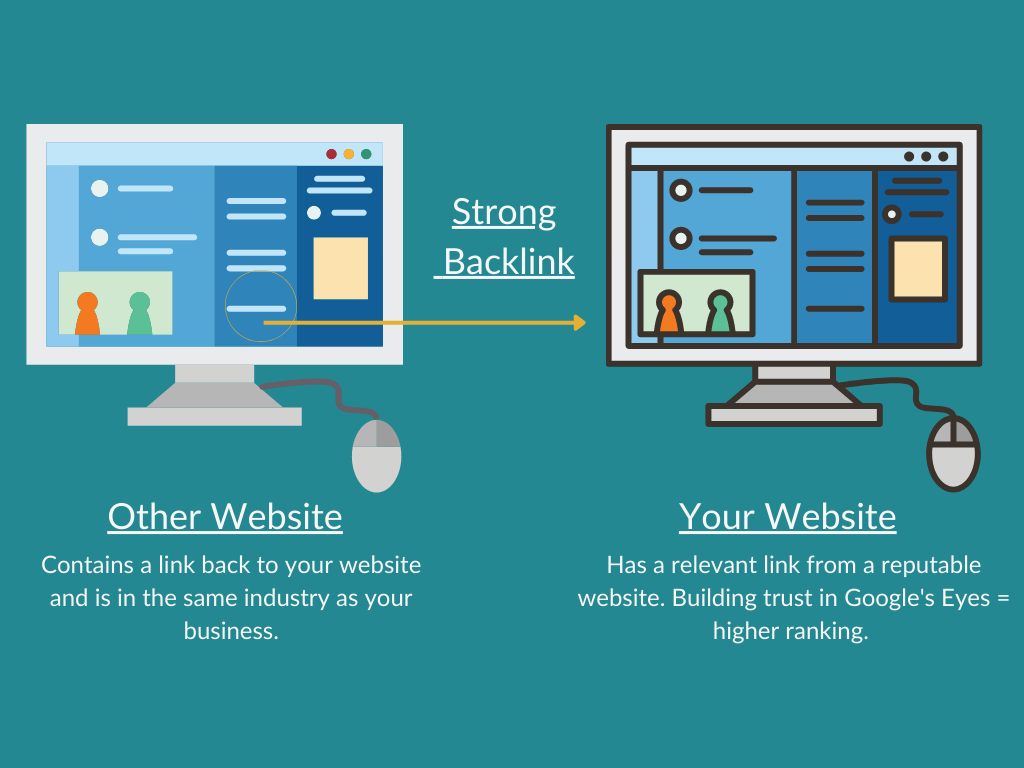
Monitoring and Managing Citations: A Delicate Dance
Local SEO is dynamic, and your business information may change over time. It’s crucial to monitor your citations regularly and ensure they reflect accurate, up-to-date details. Tools are available to help manage your citations efficiently, ensuring that discrepancies are addressed promptly.
As you venture through the labyrinth of local citations and directories, you’re crafting a comprehensive online presence that magnifies your local visibility. Your business is taking root in the digital landscape, ensuring that when customers seek services like yours, they find you easily. But the journey doesn’t end here—next, we’ll delve into the realm of online reviews and reputation management, where your customers’ voices become your most potent assets.
VI. Online Reviews and Reputation Management: The Gold of Local SEO for Small Businesses

In the digital age, customer voices hold unparalleled influence, and online reviews have become the currency of trust. They’re not just testimonials; they’re your business’s online reputation in the eyes of potential customers. Welcome to the realm of online reviews and reputation management—a terrain where your dedication to excellence meets the art of customer engagement.
Encouraging Reviews: Cultivating Your Online Garden
- Happy customers are your best advocates. Encourage them to share their experiences.
- Employ tactful requests in follow-up emails, receipts, or even at the end of a satisfying service interaction.
Responding to Reviews: Crafting Digital Connections
- Acknowledge positive reviews with gratitude; they’re valuable endorsements.
- For negative reviews, respond diplomatically, addressing concerns and showcasing your commitment to improvement.
Monitoring Online Reputation: Your Virtual Radar
- Regularly check various review platforms (Google, Yelp, etc.) for new reviews.
- Leverage online tools to stay informed about customer feedback and sentiment.
Leveraging Positive Reviews in Local SEO for Small Business
- Showcase positive reviews on your website to boost customer confidence.
- Positive reviews also enhance click-through rates and can contribute to improved local search rankings.
As you embrace the art of reputation management, you’re not just managing reviews—you’re cultivating a thriving ecosystem of trust and credibility that bolsters your local SEO endeavors. The journey continues with a focus on ensuring your website is mobile-friendly and user-focused—critical aspects of enhancing your local online presence.
VIII. User-Friendly and Mobile-Ready: Design Matters
Your website isn’t just a digital brochure—it’s a dynamic portal through which local customers experience your brand. This section unveils the art of crafting a design that resonates with your local audience, ensuring a seamless and engaging user experience. When creating a website or working with a website designer. This is one of the most important things to keep in mind.

The Local Connection: Importance of Mobile Optimization
In a world where smartphones are pocket-sized command centers, mobile optimization isn’t just a suggestion—it’s a necessity for local SEO supremacy.
- Mobile-First Reality: A significant portion of local searches originate from mobile devices.
- Responsive Design: Ensuring your website looks and functions impeccably across various screen sizes.
Ensuring Seamless User Experience with Responsive Design
Responsive design is the bridge between your brand and your local audience. It ensures your website offers a consistent, enjoyable experience, regardless of the device being used.
- Adaptive Layouts: Your website’s layout automatically adjusts to fit different screens.
- Engaging Experience: Visitors should navigate your site effortlessly, whether they’re on a smartphone, tablet, or desktop.

Quick Wins: User-Friendly Navigation and Contact Info
Simplicity is sophistication, especially in website navigation. A user-friendly interface invites exploration and fosters positive impressions.
- Intuitive Navigation: Arrange menus logically, guiding visitors to essential pages.
- Contact Information: Ensure your NAP (Name, Address, Phone Number) is easily accessible across all pages.
By prioritizing mobile optimization, responsive design, and user-friendly elements, you’re enhancing your local customers’ digital experience and inviting them to explore what your business has to offer. Our exploration of local SEO continues with a focus on creating location-specific content that speaks directly to your local audience.
IX. Crafting Location-Specific Content
In the realm of local SEO for small businesses, crafting location-specific content is akin to speaking the language of your local audience. It’s about tapping into the unique heartbeat of your community, addressing their specific needs, and establishing your brand as a true local authority. This section unravels the art of creating content that resonates with your local customers, forging deeper connections, and elevating your business’s local online presence.

Unveiling the Potential of Location-Centric Landing Pages
Location-centric landing pages are your gateway to local customers’ hearts and screens.
- Customized Offerings: Tailor your products or services to address local needs and preferences.
- Geo-Specific Keywords: Integrate location-based keywords to boost search visibility.
Success Stories: Showcasing Local Projects and Wins
Success stories humanize your brand and showcase your impact on the local community.
- Customer Testimonials: Feature authentic reviews and stories from satisfied local customers.
- Local Impact: Highlight projects and collaborations that enriched your community.
Forging Local Partnerships: Collaborations That Count
Collaborations with other local businesses amplify your reach and cement your local presence.
- Local Business Spotlights: Highlight neighboring businesses and create cross-promotional opportunities.
- Joint Events or Promotions: Collaborate on local events or campaigns for mutual benefit.
Local Pulse: Sharing News and Events That Resonate
Your brand isn’t just a business; it’s part of the local fabric. Share news and events that resonate with your community.
- Local Events Coverage: Attend and report on local happenings relevant to your industry.
- Community Involvement: Engage in or sponsor local events, showcasing your commitment.
By providing value to your target customer, you’re fostering a bond that transcends the digital realm. Our exploration of local SEO for small businesses culminates with a focus on continuous measurement and improvement to ensure your efforts yield the desired local SEO outcomes.
X. Measuring Local SEO Success: Tracking and Analytics
By understanding the metrics that truly matter, you’re empowered to fine-tune your approach and maximize your local online presence.
Insights that Matter: Setting Up Google Analytics for Local SEO
Google Analytics is your trusty companion in deciphering your local SEO journey.
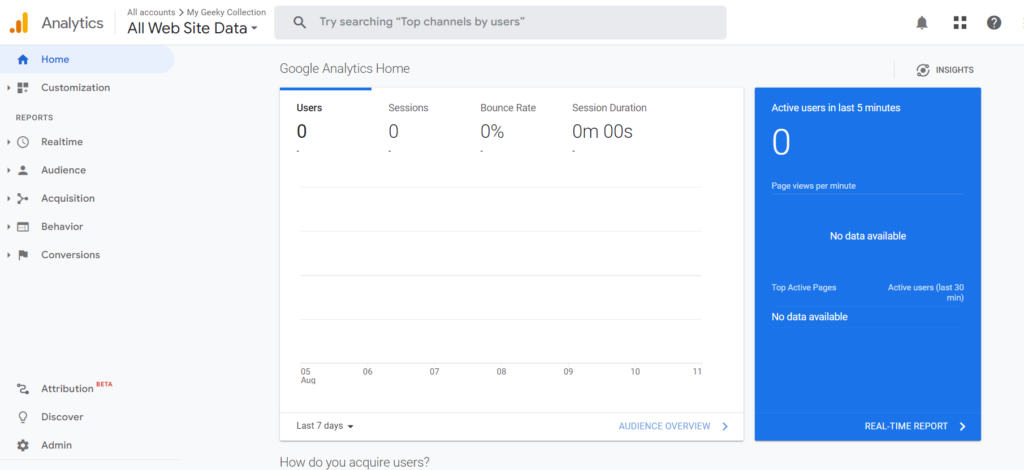
- Local Filters: Configure views that focus exclusively on local traffic and user behavior.
- Local Campaign Tracking: Implement UTM parameters to monitor the performance of local campaigns.
Keeping Tabs: Monitoring Your Local Search Performance
Consistent monitoring is the heartbeat of effective local SEO for small businesses.
- Keyword Performance: Track how your chosen local keywords are faring in search results.
- Ranking Changes: Keep an eye on your position in local search rankings over time.
The Numbers Speak: Measuring Local Traffic Impact
Traffic tells a story, and local traffic is a crucial chapter.
- Local Traffic Volume: Assess the volume of visitors coming from your target location.
- Bounce Rate and Engagement: Understand how engaged local visitors are with your content.
A Data-Driven Approach: Adapting Strategies for Local Triumph
Numbers don’t just inform; they inspire action.
- Identifying Trends: Recognize patterns in your local traffic and performance metrics. (You can use tools like Google Trends, Answer the Public, or Reddit
- Iterative Optimization: Adapt your strategies based on data insights for continuous improvement.
By fine-tuning your strategies based on data insights, you’re ensuring that your local SEO journey is a dynamic, ever-evolving voyage toward local triumph.
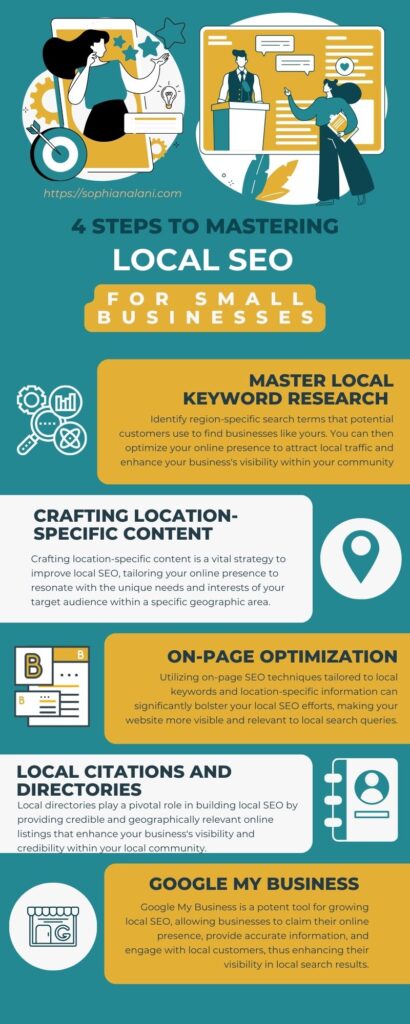
XII. Conclusion: Navigating the Local SEO Odyssey
Embarking on the journey of local SEO for small businesses is akin to setting sail on a captivating odyssey—a voyage where every strategic decision, every optimization, and every engagement is a step toward enhancing your local online presence. As we conclude this guide, let’s reflect on the key takeaways that empower you to not only survive but thrive in the local digital landscape.
Your Local Story Matters: Local SEO isn’t just about keywords and rankings; it’s about sharing your brand’s unique story with your local audience. Infuse your content with authenticity, empathy, and a deep understanding of your community’s needs.
Connection Fuels Success: In a world where digital interactions often replace face-to-face encounters, the power of connection remains paramount. Forge meaningful relationships with your local customers, partners, and community through active engagement and genuine interactions.
Data Guides Your Odyssey: As you navigate the local SEO waters, remember that data is your guiding star. Monitor, analyze, and adapt based on data insights to fine-tune your strategies for optimal local triumph.
Continuous Evolution Is Key: The landscape of local SEO is ever-changing, and success lies in your willingness to evolve. Stay informed about industry trends, algorithm updates, and emerging technologies to ensure your local presence remains robust and resilient.
As you implement these strategies, remember that local SEO for small businesses isn’t just about dominating search results; it’s about empowering your business to become an integral part of your community’s digital tapestry. By leveraging local SEO, you’re not only building an online presence—you’re building bridges of trust, connection, and prosperity that transcend the digital realm.
So, set your course, chart your path, and embark on your local SEO odyssey. The digital shores of local success await—may your brand’s flag fly high in the winds of local triumph.
View comments
+ Leave a comment